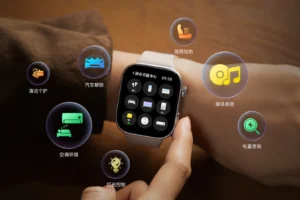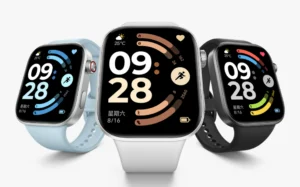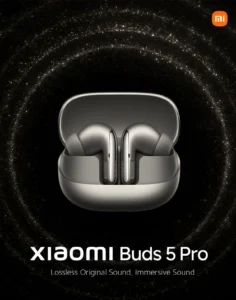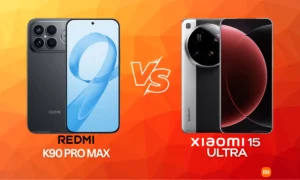Xiaomi Tops Smart Band Market: Q2 2025 Victory Over Apple & Huawei
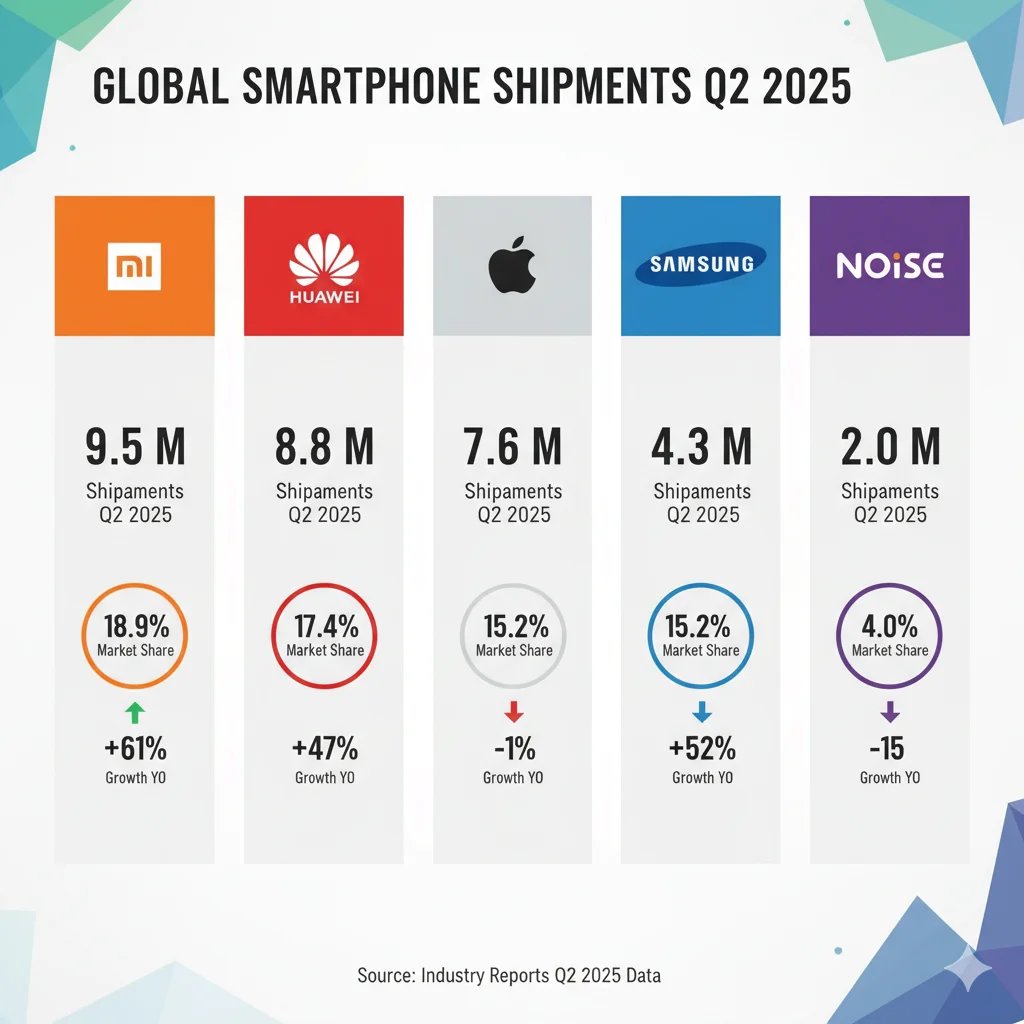
Xiaomi Dominates Global Smart Band Market in Q2 2025, Overtaking Apple & Huawei in an Explosive Tech Race
In a world where every step counts, every heartbeat is measured, and every dream is analyzed, smart bands have gone from a niche gadget to an everyday companion. Imagine this: you’re crushing your morning run, your band buzzes to remind you you’re smashing a personal best, and it all cost you less than 50 euros. Sound like science fiction? Nope, that’s the reality Xiaomi is dropping on the global wearable market. According to the latest Omdia report for Q2 2025, Xiaomi has snagged the lead in smart band shipments, clocking an impressive 61% year-on-year growth and leaving giants like Apple and Huawei in the dust. How did this Chinese powerhouse pull it off? What does this mean for us consumers and the future of wearable tech? Join us for this juicy deep-dive, where we’ll break down the data, the innovations, and a touch of corporate drama, so you don’t miss a beat.
The Smart Band Boom: Numbers That Just Don’t Lie
The smart band market (or wearable bands, as the tech gurus call ’em) is seriously on fire. In Q2 2025, a whopping 50.2 million units were shipped worldwide, a solid 13% jump from the same period in 2024. This surge? It’s massively driven by our collective post-pandemic obsession with health and fitness. As Jack Leathem, an analyst at Omdia, puts it, “The growth of smart bands is driven by consumers’ increasing focus on health, fitness, and sports.” It’s not just a fad; it’s becoming a necessity. With apps syncing data in real-time, these bands have basically become the personal trainer that fits right on your wrist.
But let’s get down to brass tacks: Xiaomi is leading the charge with 9.5 million units shipped, snagging a cool 18.9% of the market. It’s like Xiaomi launched a rocket while its rivals were still pedaling their bikes. Huawei, who’s been the undisputed king until now, lands in second place with 8.8 million units (17.4% share) and a respectable 47% growth. Apple, the premium darling, ships 7.6 million (15.2% share), but sees a slight dip of 1% year-on-year. Samsung rounds out the top 5 with 4.3 million (8.6%), a modest +52% growth, and India’s Noise with 2 million, though they’re seeing a dip (-15%).

| Brand | Shipments Q2 2025 (Millions) | Market Share (%) | YoY Growth (%) |
|---|---|---|---|
| Xiaomi | 9.5 | 18.9 | +61 |
| Huawei | 8.8 | 17.4 | +47 |
| Apple | 7.6 | 15.2 | -1 |
| Samsung | 4.3 | 8.6 | +52 |
| Noise | 2.0 | 4.0 | -15 |
These numbers aren’t just random. While smartwatches (like the Apple Watch) only make up 32% of shipments but account for a massive 69% of market value, it’s the basic bands, spearheaded by Xiaomi, that are driving the sheer volume. Omdia is forecasting an 8% growth for the whole of 2025 and a solid 9% in 2026, with the global market value set to break past $40 billion this year. The future is definitely wearable, and Xiaomi totally gets it!
Why Xiaomi? The Secret Sauce of a Mold-Breaking Brand
Xiaomi isn’t exactly a newbie to this game. Ever since they dropped their first Mi Band back in 2014, they’ve sold hundreds of millions of units at prices that are just impossible to beat. But in 2025, their leap forward is seriously epic. The undisputed hero here is the Xiaomi Smart Band 9, launched earlier this year and now updated with Pro and Active series. For around €30-€50, this band offers what others charge double for: a vibrant 1.62-inch AMOLED display with crystal-clear resolution, up to 21 days of battery life thanks to smart low-power algorithms, and advanced monitoring for sleep, heart rate, and SpO₂ with improved accuracy.
But it’s not just about the hardware. Xiaomi has gone all-in on HyperOS, their unified ecosystem that seamlessly links the band with smartphones, tablets, and even your smart home appliances. Picture this: your Smart Band 9 buzzes because it detects high stress during a meeting, and automatically adjusts your Xiaomi air conditioner to help you relax. Or during a marathon, it syncs data with your Redmi Note for real-time analysis. This is how they build loyalty: once you’re in the Xiaomi ecosystem, it’s pretty hard to leave.
In emerging markets like India, Latin America, and Southeast Asia, where price is a major deciding factor, Xiaomi absolutely shines. The Redmi Band 5, for instance, was a massive hit in Q1 2025 with 44% growth. Meanwhile, Huawei is focusing on a comprehensive health ecosystem with its Huawei Health app, which includes premium subscriptions for advanced analytics. Apple, on the other hand, suffers from high price tags (the Apple Watch starts at €400) and a bit of seasonal dependency: Q2 is typically a slower quarter for them, but they pick up steam around the holidays.
The spicy twist? This whole competition is like a tech telenovela. Huawei, hit by trade restrictions in the West, is reinventing itself with innovations like the Watch D2 for blood pressure monitoring. Apple is pushing privacy and its closed ecosystem, but at what cost? Xiaomi, the ultimate underdog, is winning by being accessible, reminding us that premium tech doesn’t have to cost an arm and a leg.
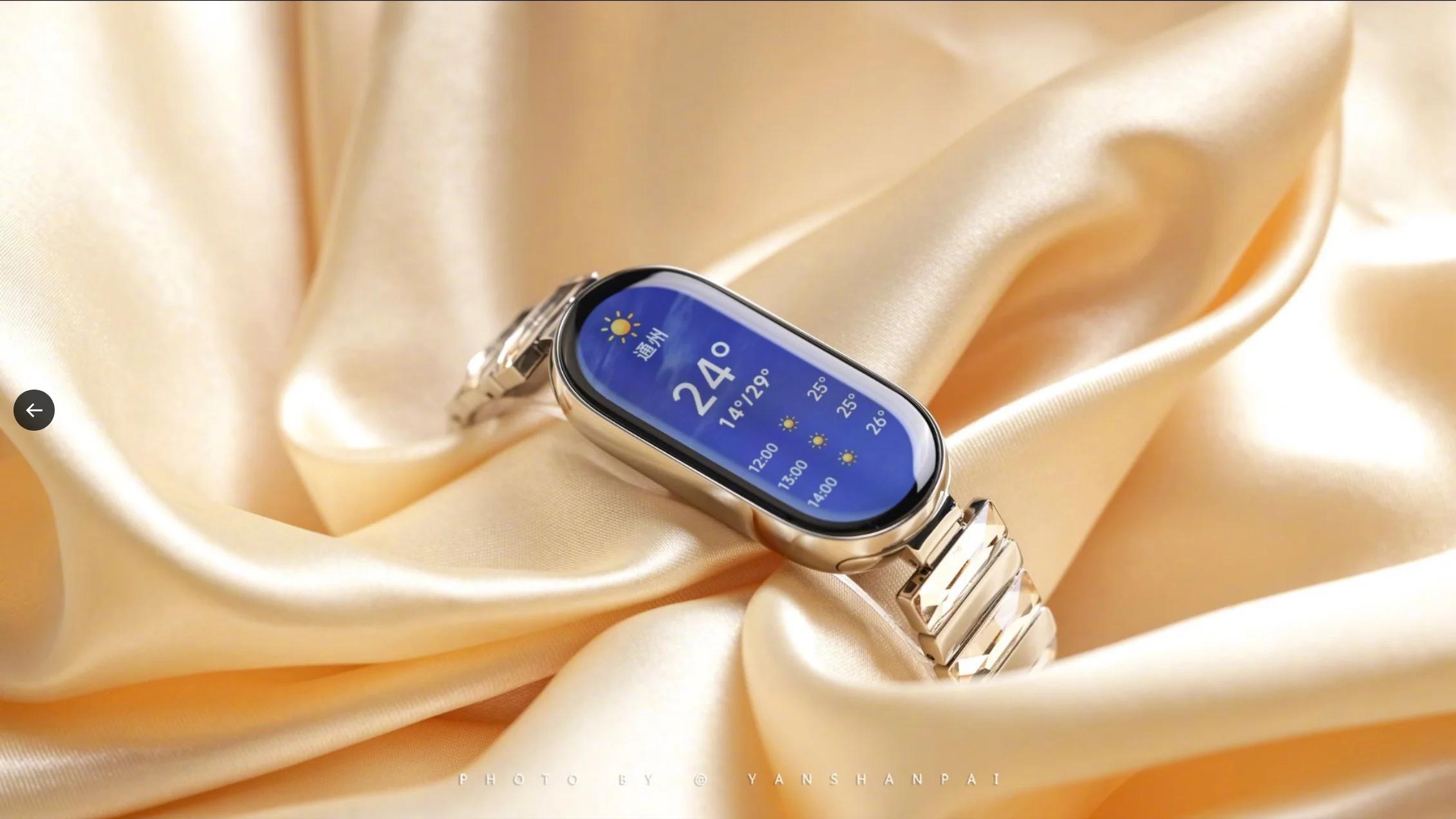
The Consumer Impact: Will Your Next Band Change Your Life?
For the average person, this is nothing but good news. Xiaomi smart bands are democratizing fitness: you get 150+ sports modes, 50-meter water resistance, and smart notifications without draining your battery. Want to go for a run? It detects your stride and suggests improvements. Struggling to sleep better? It analyzes your REM phases and gives personalized tips. And the best part? It integrates with apps you already use like Strava or Google Fit.
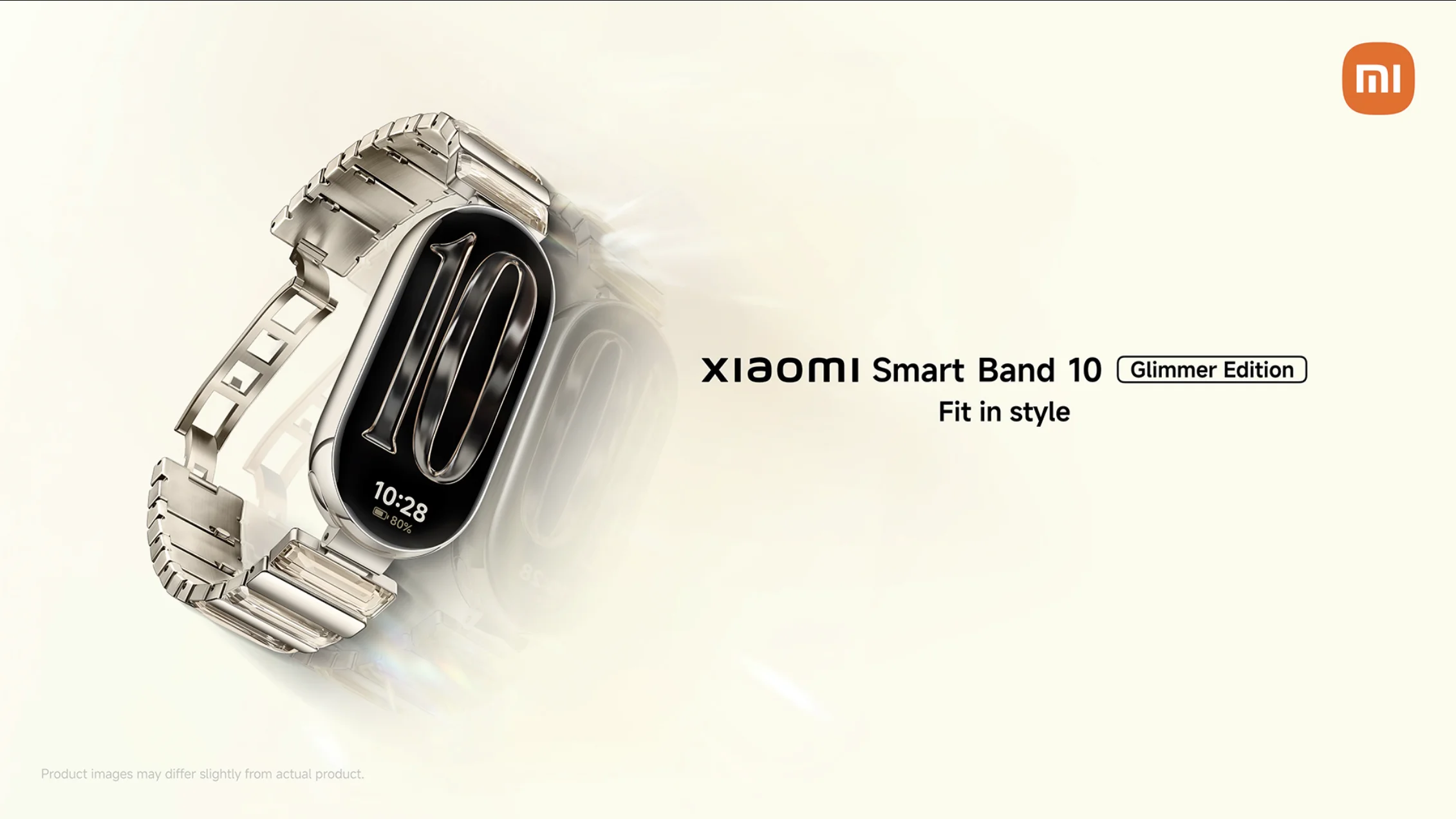
But there are challenges, of course. Data privacy is a big hot topic; who’s really accessing your heart rate data? Xiaomi and Huawei, with their roots in China, face scrutiny, while Apple touts its end-to-end encryption. Plus, mature markets in the US and Europe are seeing slower growth, with drops in North America due to a lack of fresh innovation in older models like Fitbit.
Looking Ahead: Will Xiaomi Hold Onto the Crown?
Omdia sees this market continuing to bubble with excitement. While premium smartwatches are eating up market value, it’s bands like Xiaomi‘s that are leading the volume race. Expect even more AI integration: proactive health predictions, augmented reality on your wrist, and even NFC payments becoming standard on more models. Xiaomi is already teasing the Band 10 for 2026, rumored to include Suunto algorithms for peak sports accuracy. Huawei is firing back with medical-grade wearables, and Apple is gearing up to celebrate the 10th anniversary of its Watch with some massive updates.
So, in a nutshell, Xiaomi’s leading the smart band market in Q2 2025 because they truly get that tech needs to be accessible, fun, and essential. They’re beating Apple and Huawei not by being the most expensive, but by being the smartest. If you’re on the hunt for a budget-friendly yet powerful smart band, Xiaomi is your move. Ready to track your next step? The future is already on your wrist. Share your experiences in the comments below and follow us for more wearable news!
